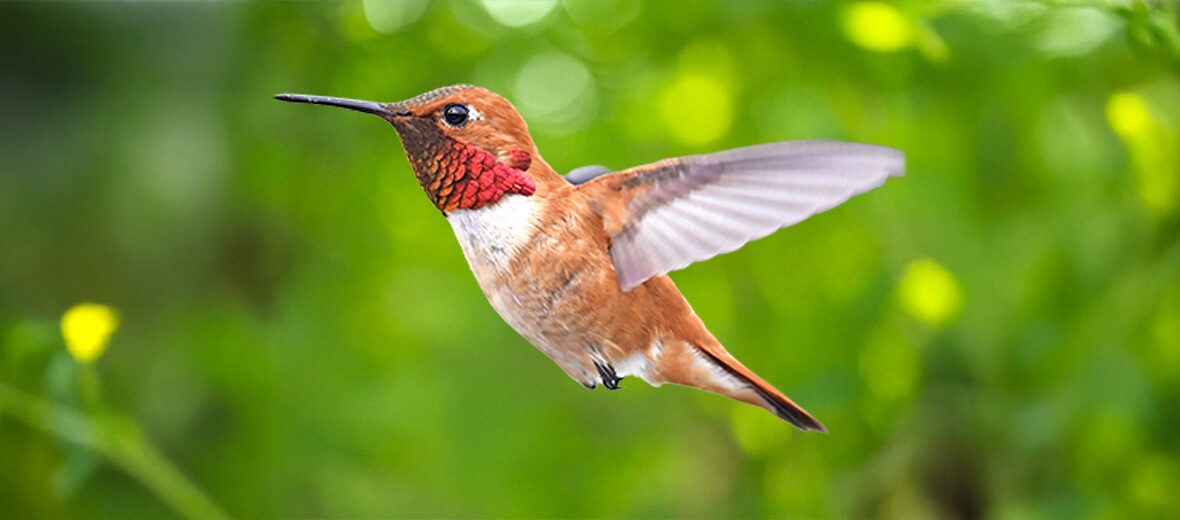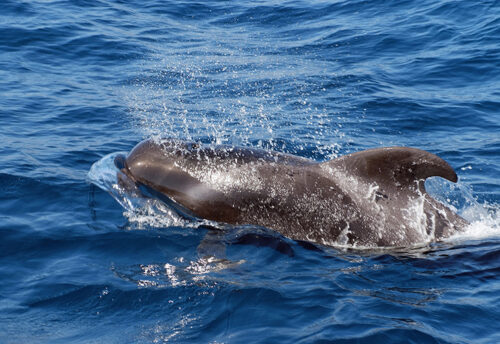
The rufous hummingbird is best known for their incredible flying prowess, flying upwards of 2,000 miles during migration routes. These birds are 1 of 9 known species in the genus Selasphorus. They are an interesting species of bird in that they may actually benefit from a certain degree of habitat destruction, in the form of logging and clear-cutting, as this makes way for certain types of flowers. They face the threat of climate change though, which can result in habitat shifting and alteration via storms, flooding, and droughts. They also readily partake in artificial hummingbird feeders as well. The IUCN lists these birds as Near Threatened. Their populations are also decreasing.
First the Stats…
Scientific name: Selasphorus rufus
Weight: Up to .18 ounce
Length: Up to 3.5 inches
Wingspan: Up to 4.3 inches
Lifespan: Up to 8+ years
Now on to the Facts!
1.) They were formally described by the German naturalist Johann Friedrich Gmelin in his revised and expanded edition of Carl Linnaeus’s Systema Naturae in 1788.
2.) Females are slightly larger than males.
3.) The females and the rare green-backed males are challenging to differentiate from the Allen’s hummingbird.
4.) These hummingbirds can be found from Canada down through western United States, and into Mexico.
5.) While feeding primarily on nectar, they will also catch small flying insects on the wing (in mid-flight).
But wait, there’s more on the rufous hummingbird!
6.) Their predators are many and include: hawks, falcons, roadrunners, snakes, frogs, praying mantises, dragonflies, and robber flies, domestic and feral cats, weasels, squirrels, and chipmunks.
7.) These hummingbirds support their body weight during hovering primarily by wing downstrokes (75% of lift) rather than by upstrokes (25% of lift).
Did you know…?
There are an estimated 22,000,000 wild individuals remaining, to date.
8.) Being aggressive and territorial, more aggressive males fight to defend areas with thick flower coverage, pushing females into areas with lightly populated flowers.
9.) The variance in wing length between females and males demonstrates a distinct sexual dimorphism, allowing each sex to best utilize resources in an area. Simply put, males have shorter wings than females and females use their broader wingspan to cover more territory, seeing as they are pushed into sparsely flowered areas by males.
10.) Females lay up to 3 eggs and incubate them alone for up to 17 days.
Now a Short Rufous Hummingbird Video!
Be sure to share & comment below! Also, check out the Critter Science YouTube channel. Videos added regularly!

Want to suggest a critter for me to write about? Let me know here.
Some source material acquired from: Wikipedia & IUCN
Photo credit: VJ Anderson



